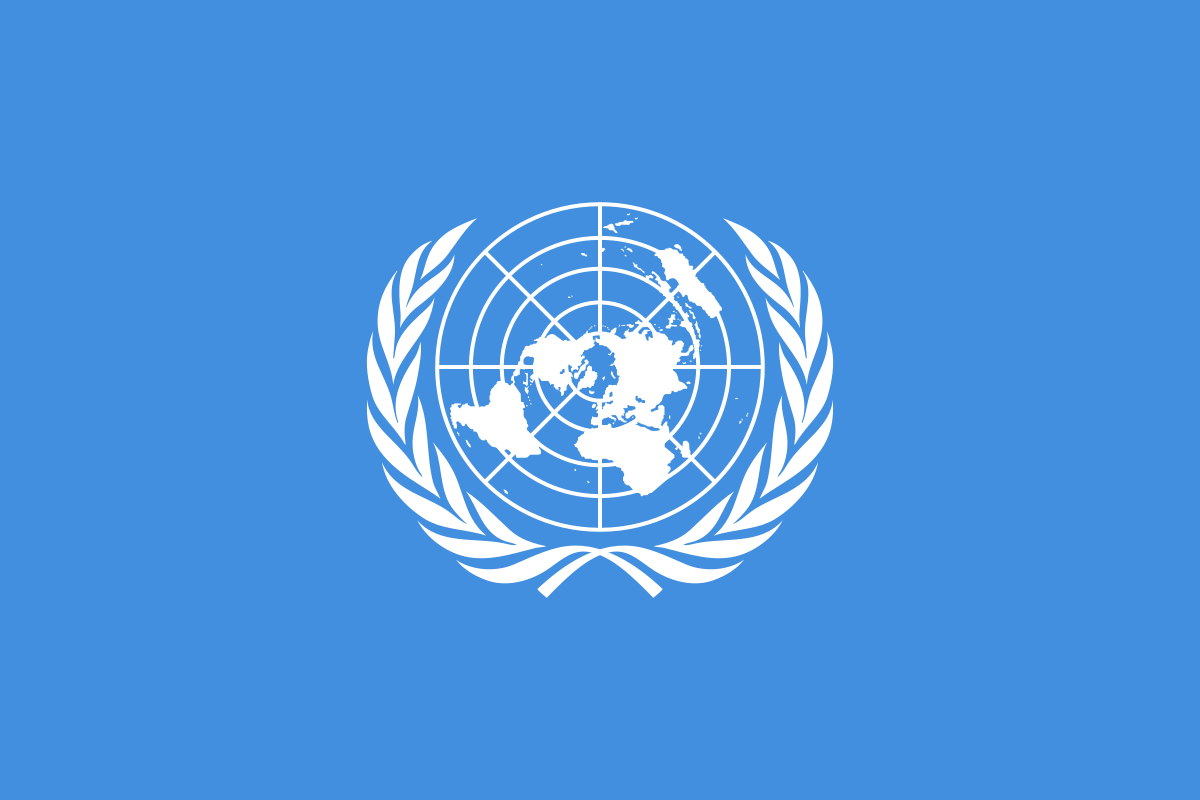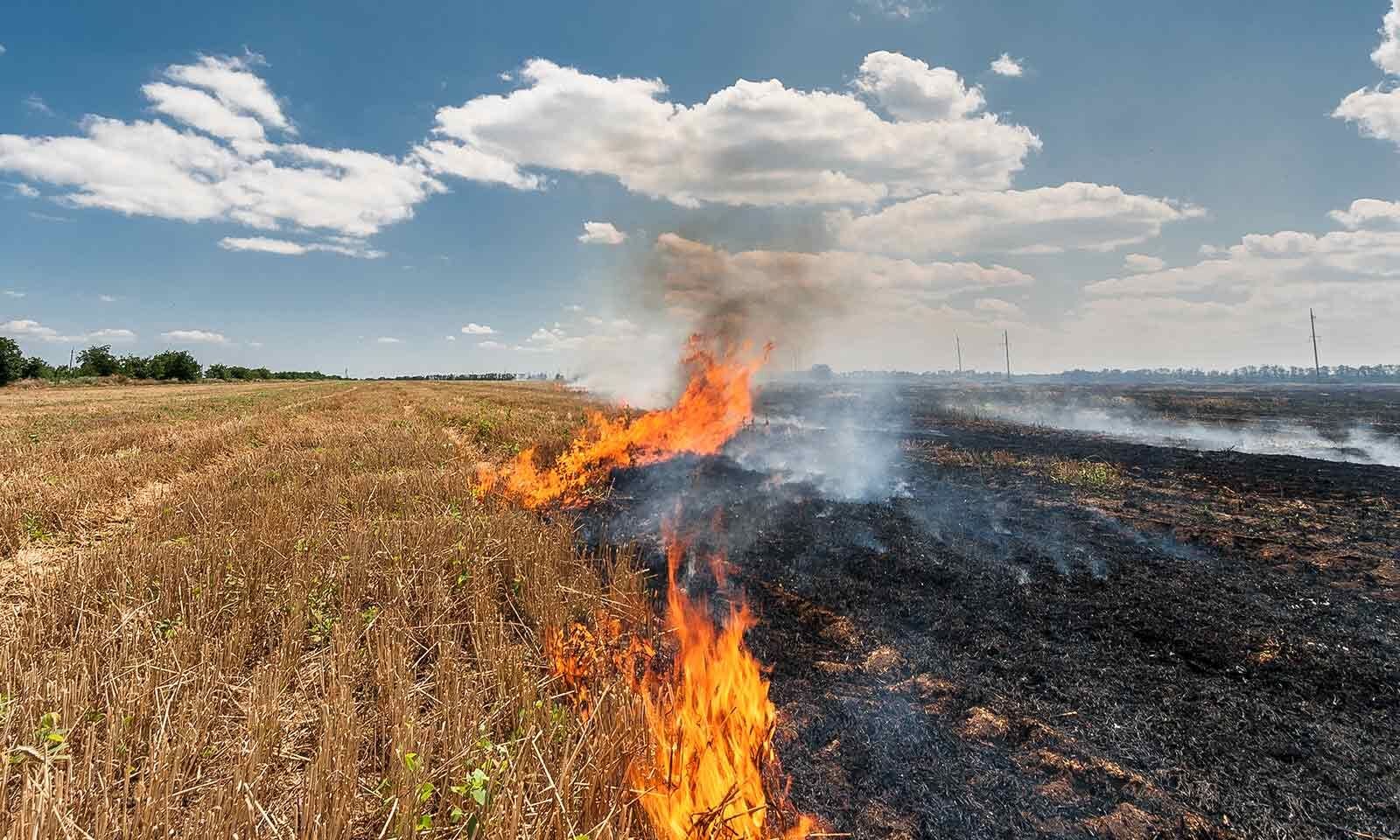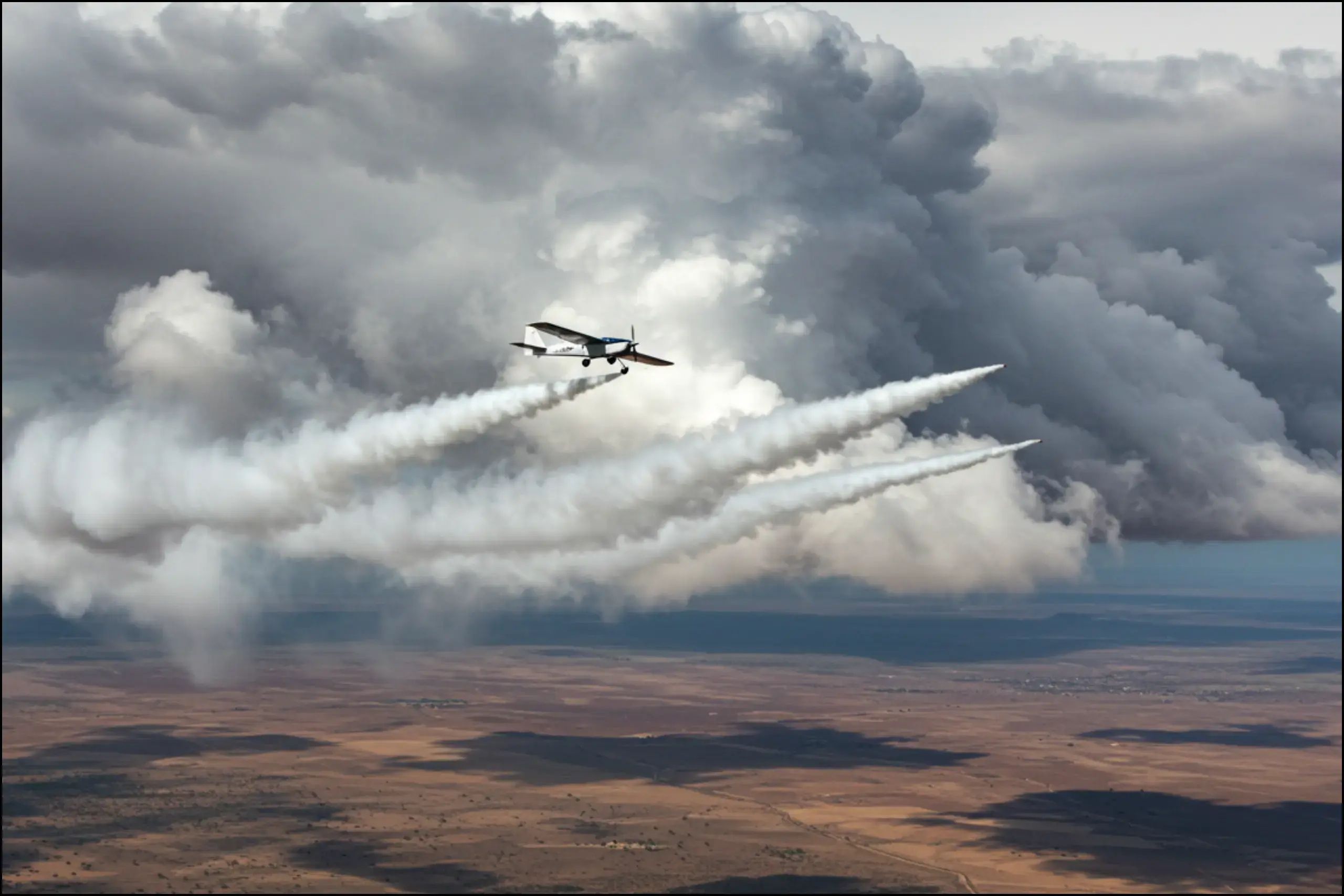1. Indus River
Why in the News?
- The Indus Waters Treaty (IWT) completed 65 years recently, raising debates about its relevance in today’s era of climate change, floods, and siltation crisis.
- Both India and Pakistan are facing challenges of glacier melt, erratic monsoon, and siltation in the Indus Basin, questioning whether the IWT remains effective.
- The recent Punjab floods in both India and Pakistan highlighted the urgent need for transboundary data sharing and a national silt management policy.
About the Place

- The Indus River (Sindhu) is one of the longest rivers in Asia (approx. 3,180 km), originating from Tibetan Plateau (Lake Manasarovar, near Mount Kailash in China).
- It flows through Ladakh (India), Pakistan-occupied Kashmir (PoK), and across Pakistan before emptying into the Arabian Sea near Karachi.
- Major tributaries:
- Jhelum, Chenab, Indus main- allocated to Pakistan under IWT.
- Sutlej, Beas, Ravi– allocated to India.
- The river forms the core of the Indus Basin, one of the world’s largest irrigation systems, supporting agriculture in Punjab and Sindh.
- The Indus Valley Civilization (c. 2600–1900 BCE) flourished along its banks, making it historically significant as a cradle of early urban culture.
- Hydropower and irrigation projects: Bhakra-Nangal, Beas–Sutlej link, Indus hydropower projects in J&K are crucial for India’s water and energy security.
- The basin is ecologically fragile, facing threats from glacier melt, climate change, siltation of reservoirs, and frequent floods.
- Geopolitical importance: The IWT (1960), brokered by the World Bank, remains a key water-sharing agreement between India and Pakistan, though increasingly debated in today’s context.
2. Saudi Arabia
Why in the News?
- Saudi Arabia and Pakistan recently signed a Strategic Mutual Defense Agreement (SMDA), pledging that aggression against one would be treated as aggression against both.
- The deal comes in the backdrop of Israel’s airstrikes in Doha and growing volatility in West Asia.
- India is closely watching developments, as it has been deepening its own defense and economic partnership with Saudi Arabia, even as Pakistan remains a traditional security partner of the Kingdom.
About the Place

Location & Geography:
Saudi Arabia occupies most of the Arabian Peninsula, bordered by Jordan, Iraq, Kuwait, Qatar, UAE, Oman, and Yemen.
Surrounded by the Red Sea (west) and Persian Gulf (east), giving it critical geostrategic importance.
Religious Significance:
Birthplace of Islam, home to its two holiest cities — Mecca and Medina.
Annual Hajj pilgrimage makes it central to the Muslim world.
Political System:
An absolute monarchy, ruled by the House of Saud.
Current Crown Prince Mohammed bin Salman (MBS) is implementing Vision 2030, aiming to diversify the economy beyond oil.
Economy:
Largest economy in West Asia; heavily dependent on oil exports.
Leading member of OPEC+ and key player in stabilizing global oil prices.
Actively pursuing economic diversification (NEOM smart city, renewable energy, tourism).
Defense & Security Role:
One of the world’s largest arms importers.
Hosts thousands of Pakistani troops and has historical defense ties with Islamabad.
Plays a leading role in Gulf and Arab security, including Yemen conflict and counter-terrorism coalitions.
India–Saudi Arabia Relations:
Energy: India imports ~17% of its crude oil from Saudi Arabia.
Trade: Bilateral trade crossed $50 billion in recent years.
Defense: Increasing cooperation (joint military exercises, training offers, defence MoUs).
Strategic: Saudi investments in India’s infrastructure, petrochemicals, and Kashmir development projects.
Geopolitical Importance:
A balancing power between the US, China, and regional rivals like Iran.
Key role in shaping Arab response to Israel–Palestine conflict.
Relevance for India:
Important for energy security, diaspora policy (over 2 million Indians live there), and India’s West Asia strategy.
Central to India’s vision of multi-alignment and securing a neutral stance from Gulf states during India–Pakistan crises.





